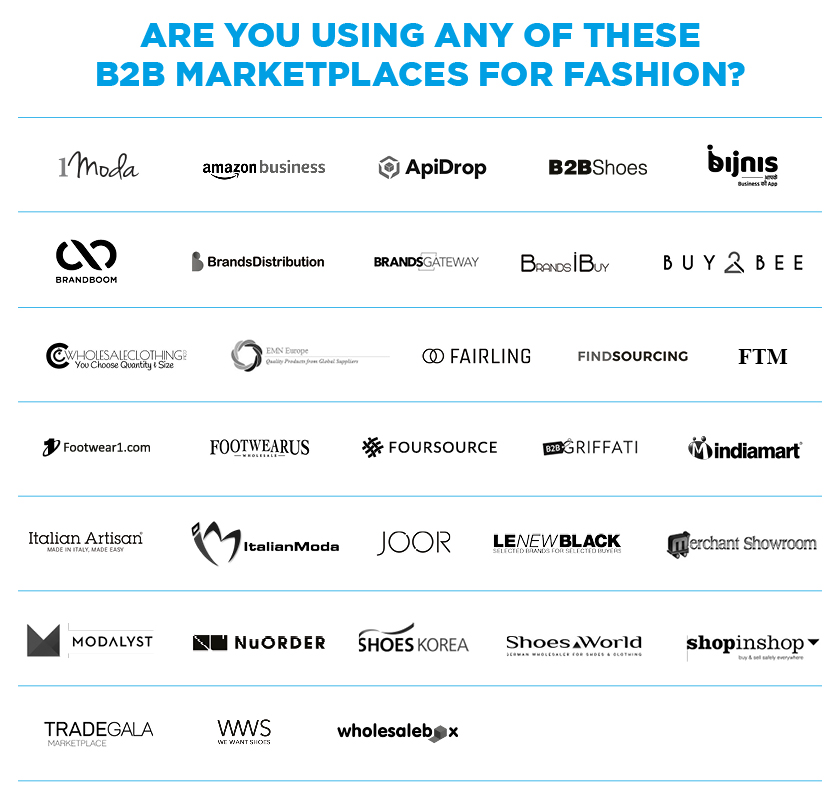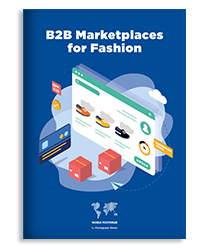Register to continue reading for free
Are you using any of these B2B Marketplaces for Fashion?

With the world moving into the digital sphere at a fast rhythm more and more businesses are being made online. This is well known for Business to Consumer, but is also the case for Business to Business connections, as different parts of the supply chain get connected via B2B marketplaces
According to data from the HootSuite platform, it is estimated that each internet user, on average, spends a total of more than 100 hours per year on it. With this new and growing reality of constant use of the internet, new contexts, new consumption habits, new ways of buying and selling also appear. It is in this context of e-commerce that we also see the appearance and growth of online platforms, where brands are concentrated and where they can show their products to customers.
These can be divided into two main categories: B2C (Business to Consumer) sales platforms, a kind of online shopping centre, where several brands dedicated to selling to the end customer focus on exhibiting and promoting their products; and B2B (Business to Business) online platforms, where business to business connections can take place.
Most B2B platforms act as a showcase for brands to display and present their products, similar to what happens with B2C platforms, but with the main objective of reaching retailers/ store owners and not final consumers.
Most B2B platforms act as a showcase for brands to display and present their products, similar to what happens with B2C platforms, but with the main objective of reaching retailers/ store owners and not final consumers.
There are multiple advantages that a company or brand can benefit from being present in a B2B online platforms, such as:
• No geographical or time limitations;
• Quick buying and selling procedures;
• Display of all products is done in a simple and organised way;
• Monitoring of the customer's journey through the store is made easy;
• Simple marketing of products or services;
• Reduction or elimination of intermediate costs;
• Availability to sell 24 hours a day.
• No geographical or time limitations;
• Quick buying and selling procedures;
• Display of all products is done in a simple and organised way;
• Monitoring of the customer's journey through the store is made easy;
• Simple marketing of products or services;
• Reduction or elimination of intermediate costs;
• Availability to sell 24 hours a day.
Bearing this in mind .......... one question needs to be made?

The World Footwear prepared a new report with a focus on B2B online platforms. In the first part of the study, the main aim is to present the essential information related to B2B platforms, by introducing the concept, by listing the different types of platforms, and the characteristics they must have, the advantages that each company/brand can derive from being present in it and what considerations should be taken when choosing a particular platform. In the second part of the study, we present a compilation of B2B online platforms that can be of interest for footwear companies, as well as a more detailed analysis of 5 platforms present in that same list.

Table of Contents
Executive Summary
Framework
What is a B2B Marketplace?
Different types of B2B platforms
Advantages of the presence in B2B Marketplaces
How can a B2B Marketplace improve a company’s performance?
Aspects and characteristics to consider when entering a B2B Marketplace
How can Marketplaces evolve in the future?
Examples of B2B Marketplaces
Different types of B2B Marketplaces - further analysis
Key takeaways







